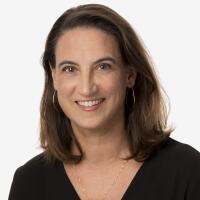Corinne Purtill is a science and medicine reporter for the Los Angeles Times. Her writing on science and human behavior has appeared in the New Yorker, the New York Times, Time Magazine, the BBC, Quartz and elsewhere. Before joining The Times, she worked as the senior London correspondent for GlobalPost (now PRI) and as a reporter and assignment editor at the Cambodia Daily in Phnom Penh. She is a native of Southern California and a graduate of Stanford University.
Latest From This Author
El sábado por la mañana estalló un enfrentamiento que duró horas entre manifestantes y agentes de Inmigración y Control de Aduanas de Estados Unidos en un Home Depot en Paramount.
An hours-long standoff between protesters and U.S. Immigration and Customs Enforcement agents erupted Saturday morning near a Home Depot in Paramount.
Surprise U.S. Immigration and Customs Enforcement sweeps in downtown Los Angeles prompted fierce pushback from elected officials and protesters.
The seven companies were all cited for errors that led to residents’ deaths.
It was one of the longest and deadliest ever recorded in Southern California.
Get ready for more fires, more droughts and more hurricanes.
Assessing the January fires’ environmental toll is tough on land. It’s even harder in the sea.
Soil testing commissioned and led by The Times found lead levels up to three times higher than the state health standard on several properties cleaned by the Army Corps of Engineers.









